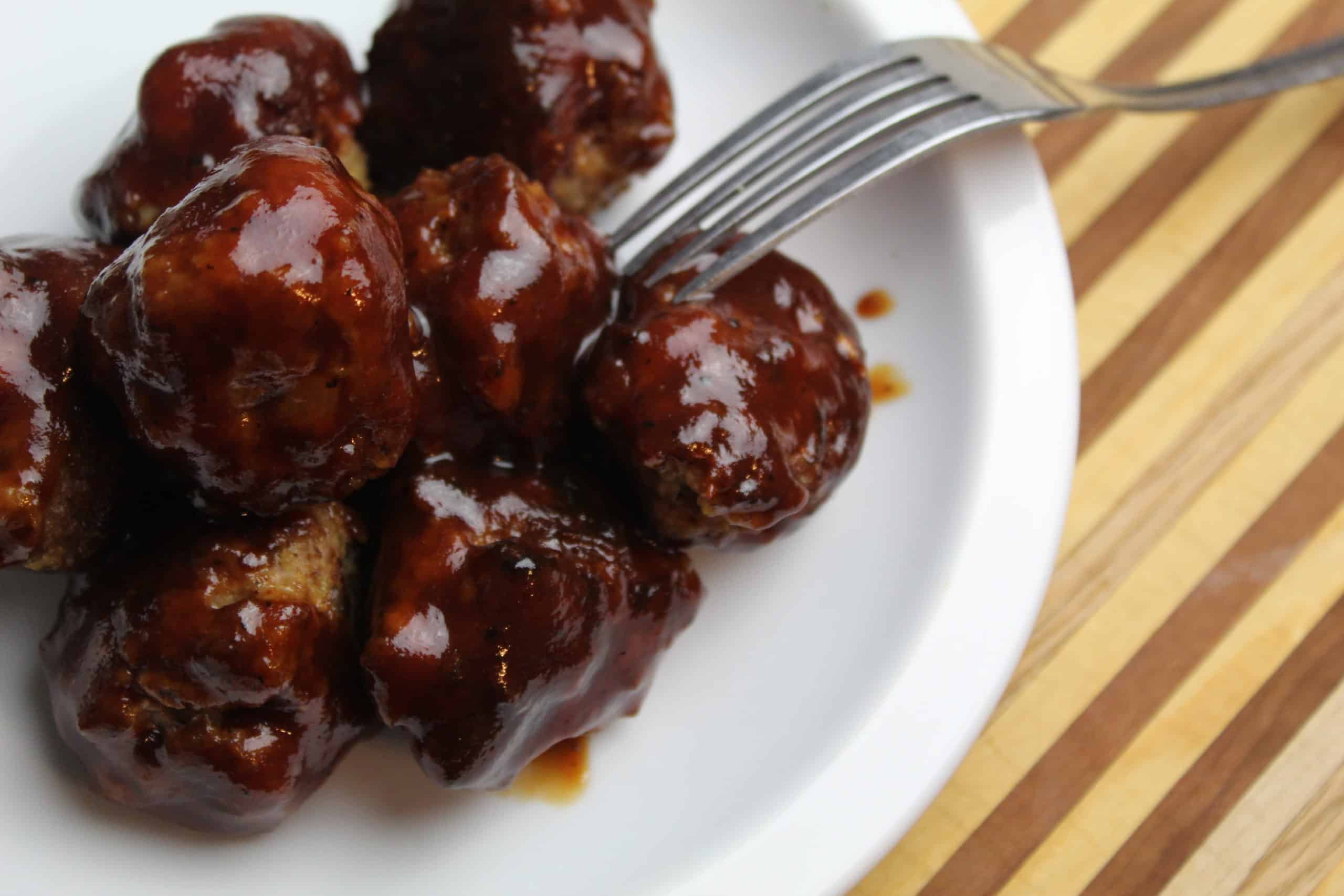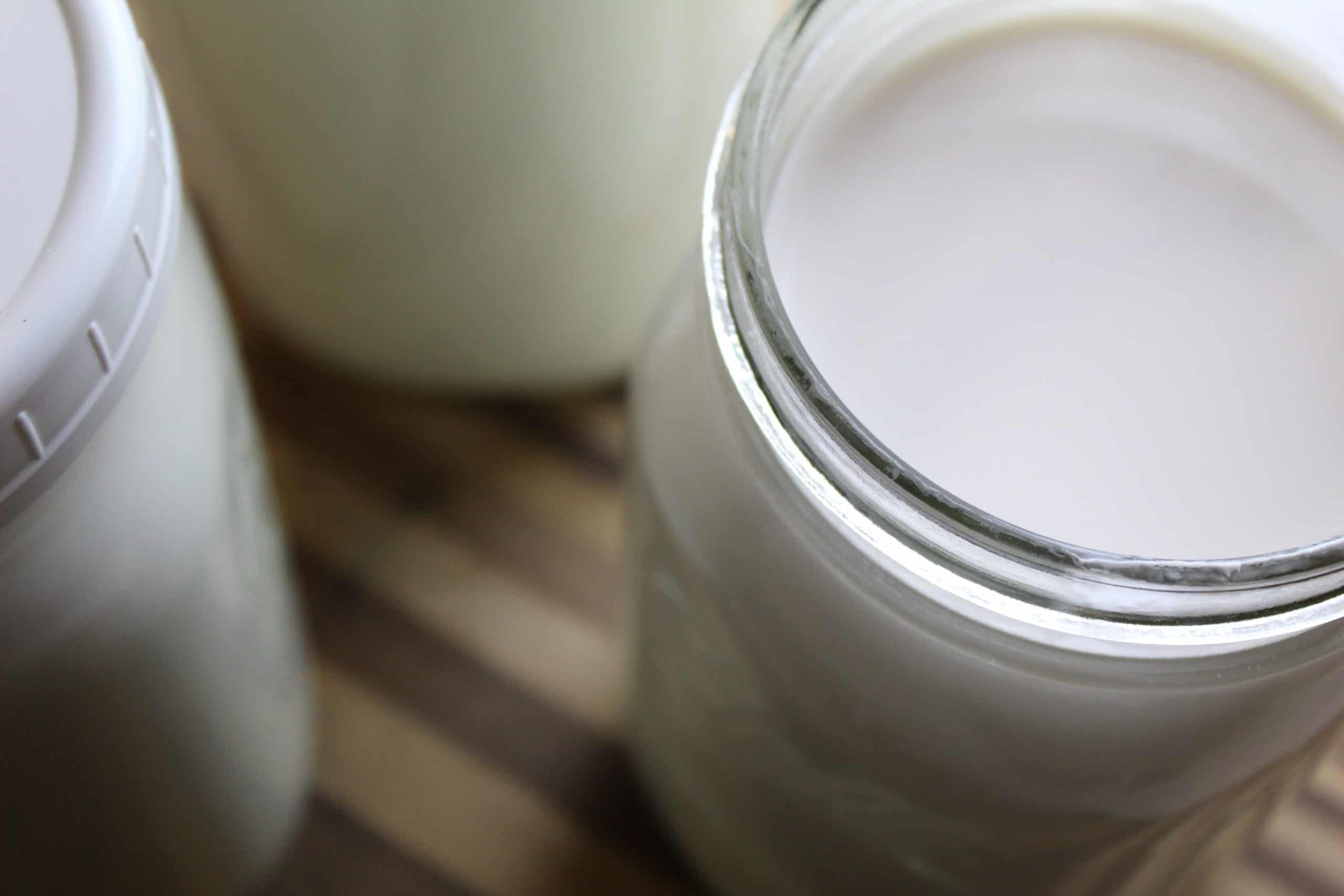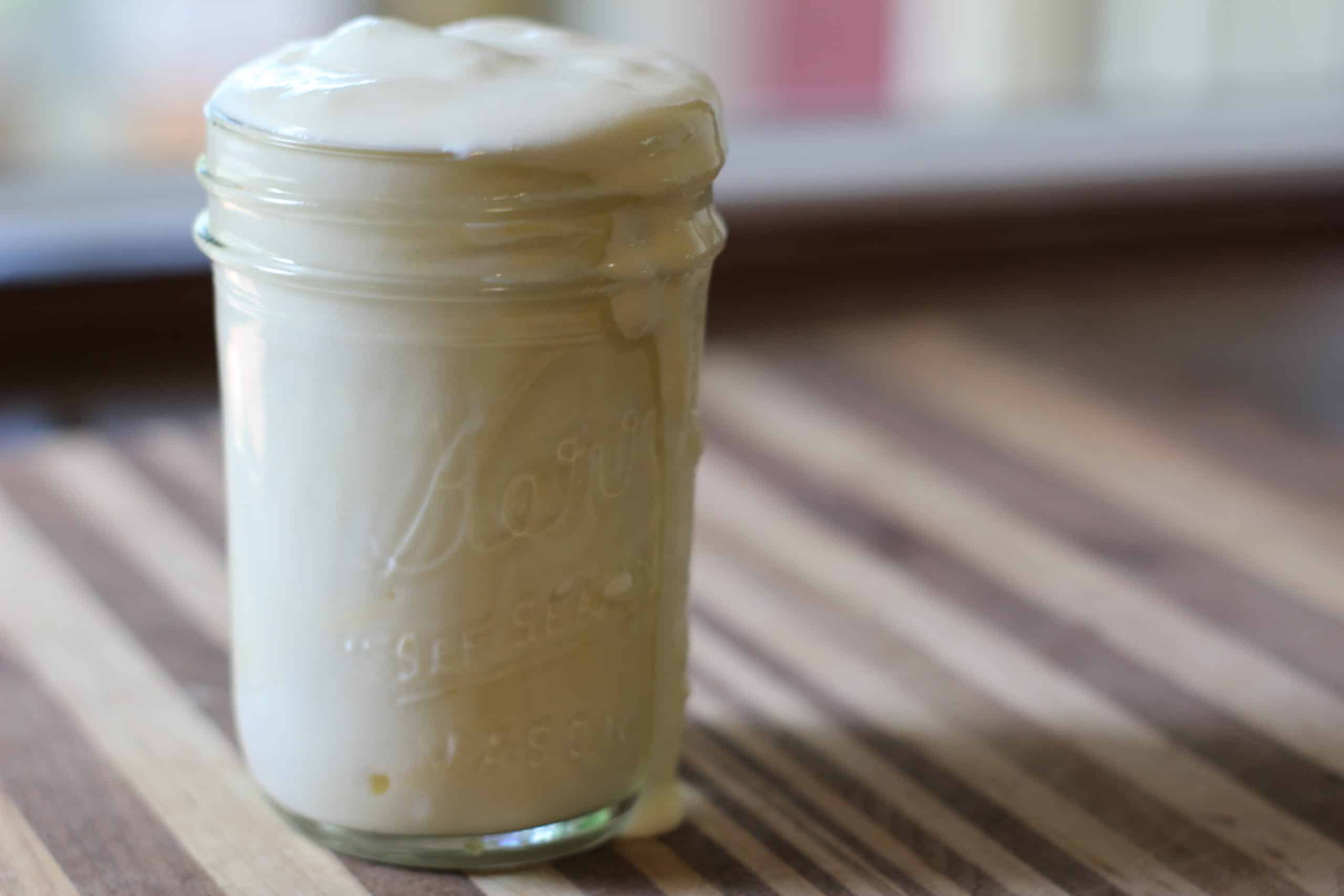How to Make Ghee
When you have nano dairy like we do, you are always looking for creative ways to use your milk. With a freezer full of butter from the summer paired with my current status as a yoga teacher in training (more on that in a minute), it seemed like a great time to learn how to make ghee.
What is Ghee?
Ghee is a type of clarified butter that has its origins in India. What clarified means, is butter is cooked low and slow until it separates out the sugar, milk proteins, and fats.
Ghee takes it one step further than standard clarified butter because it is simmered even longer, which gives it a nutty flavor.
It can be used as a cooking oil and is also seen as having medicinal benefits. In Ayurvedic medicine it is believed to have anti-inflammatory, digestive, and therapeutic benefits. (Source)
What are the benefits of Ghee?
Ghee is great for cooking because it is shelf stable and has a high smoke point. More on that below.
Because the milk solids are removed from it, ghee can often be utilized by those with dairy sensitivities.
Ghee is also high in Omega-3 fatty acids. Humans aren’t able to make Omega 3 ourselves, so we have to get it from food. These important fats help to prevent heart disease and strokes. They can be effective in combating lupus, eczema, arthritis, and cancer. (Source)

This post contains affiliate links, which means I make a small commission at no extra cost to you. See my full disclosure here.
What is Ayurveda?
Ayurveda is an ancient holistic system of natural medicine. It originated in India well over 3,000 years ago.
It takes into a account a person’s mind, body, and spirit, and how to keep them all in a harmonious balance.
Much of Ayurveda is food based, looking at how what we eat can make changes in our physical, mental, and emotional state.
There is a lot more to Ayurvedic knowledge and medicine that I’m not going to go into here. You can learn more about Ayurveda here. I’ve been learning about Ayurvedic medicine as it is typically included in yoga teacher training curriculum.
Whether or not you are interested in natural medicine, as you read above Ghee has some serious nutritional benefits.

Why make your own Ghee?
For us, we are always swimming in milk from May-December. Ghee is another great way to value add our milk. We use ghee ourselves and give it as gifts to friends and family.
Even though ghee is great for your health, it isn’t exactly cheap. A one pound jar of ghee will cost you anywhere from $13-25. Making your own doesn’t take much effort and is a fraction of the cost.
Supplies & Ingredients for Making Ghee
Supplies
- Saucepot
- Fine mesh strainer OR two layers of cheesecloth or both!
- Mason jar with lid
- Wood spoon
Ingredients
- 1-2 Sticks of unsalted butter (up to you as to how big a batch you want to make)
- That’s it!

How to Make Ghee
Slice up the butter into smaller pieces so it will melt more quickly. Place them in the saucepan over medium low heat.
Let it gently simmer until milk solids sink to the bottom of the pot. You may need to do some stirring to keep it from scorching. If scorching seems to be an issue, reduce the heat.

Once the solids sink, reduce the heat to an even lower simmer. The milk solids should start to turn a light brown color. This might take 45 minutes or more depending on how much butter you are ghee-ifying.
There might be some foaming happening. Go ahead and scoop that off. Put it in your pig or chicken bucket or just in the trash. Even better you can toss some popcorn in it.

Once the milk solids are that nice toasty brown color, strain the ghee through a fine mesh strainer or two layers of cheesecloth.

Pour it into a mason jar. Allow it to cool completely with the lid off. Keep a lid on it and store it away from from moisture (sink, simmering pots on the stove) and it should keep for a long time. I will take quite a while for it to solidify completely. It’s not unusual for it to remain somewhat liquidy, too.

How do I cook with Ghee?
One of the benefits of ghee is that it has a very high smoke point so it makes it excellent for frying. Anywhere you might use coconut oil or olive oil you can substitute an equal amount of ghee.
You can top potatoes with it, stir it into your Keto coffee, or toss vegetables in it before roasting. Delicious.
How to Store It
Yet another great benefit of using ghee is how shelf stable it is. Kept on your countertop it should stay fresh for months.
You can of course keep it for even longer if stored in the fridge.
I keep mine in a wide mouth pint sized mason jar with a white screw top lid. It just sits in the cupboard next to my olive oil or if I’m lazy right on the counter next to the stove.

Where can I buy Ghee?
I totally get it. One more DIY project might not be in the cards. Luckily, ghee has become pretty mainstream. You can pick some up at your local health foods store or even Wal-Mart.
Amazon has the Ancient Organics brand which Claire Saffitz over at Bon Appetit highly recommends.
Watch and Learn
Pin it for Later

Looking for more farmhouse dairy recipes? Check out the raw milk section of the blog. Even if you use store bought milk you can still have a farmhouse dairy!
If you want to meet Juneberry the cow who gave us this beautiful butter you can learn more about Jersey cows here.







